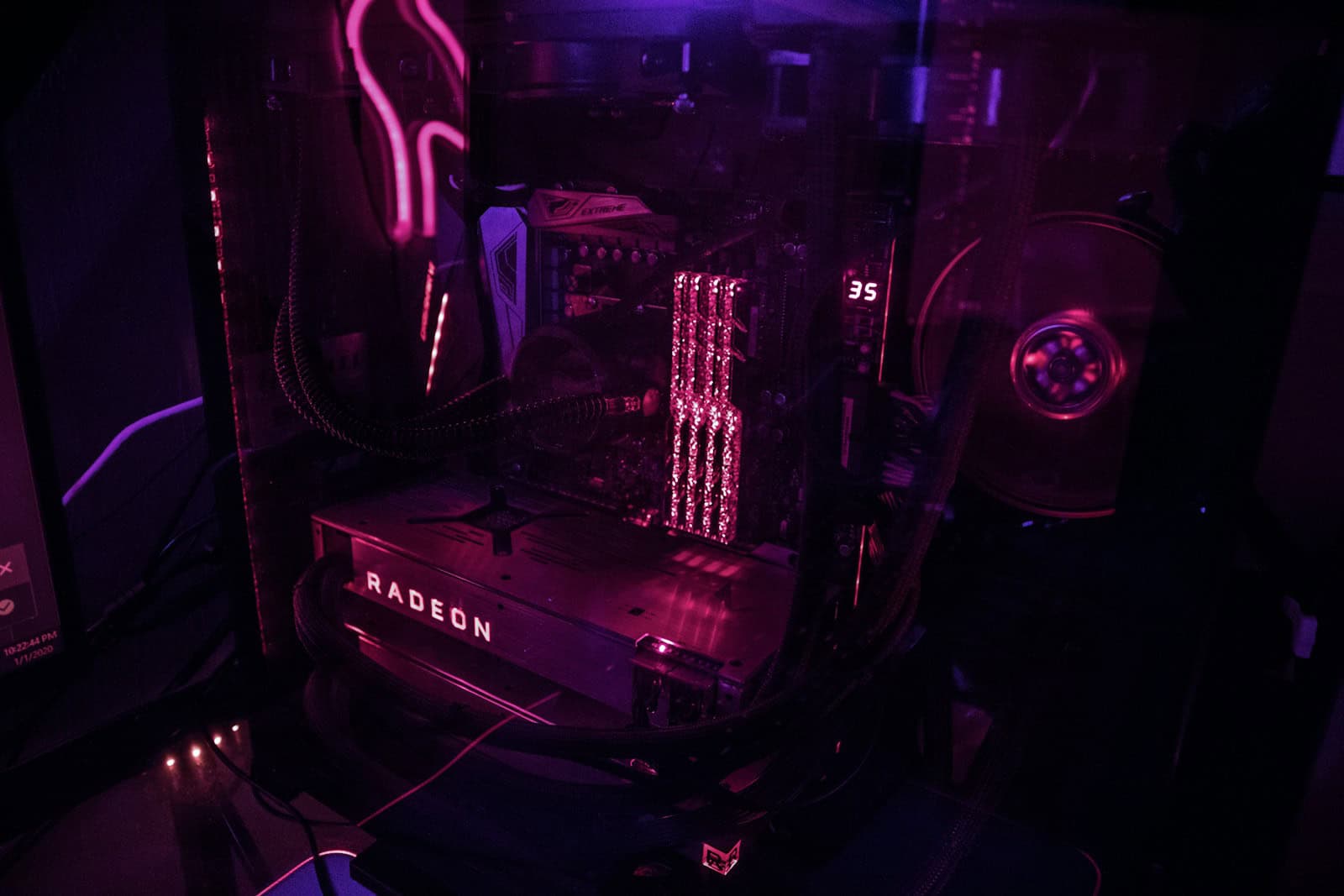Switching from an NVIDIA to an AMD graphics card can be a rewarding upgrade for many PC users. Whether you’re a gamer seeking enhanced performance or a creative professional looking for specific GPU features, understanding the process is crucial for a smooth transition.
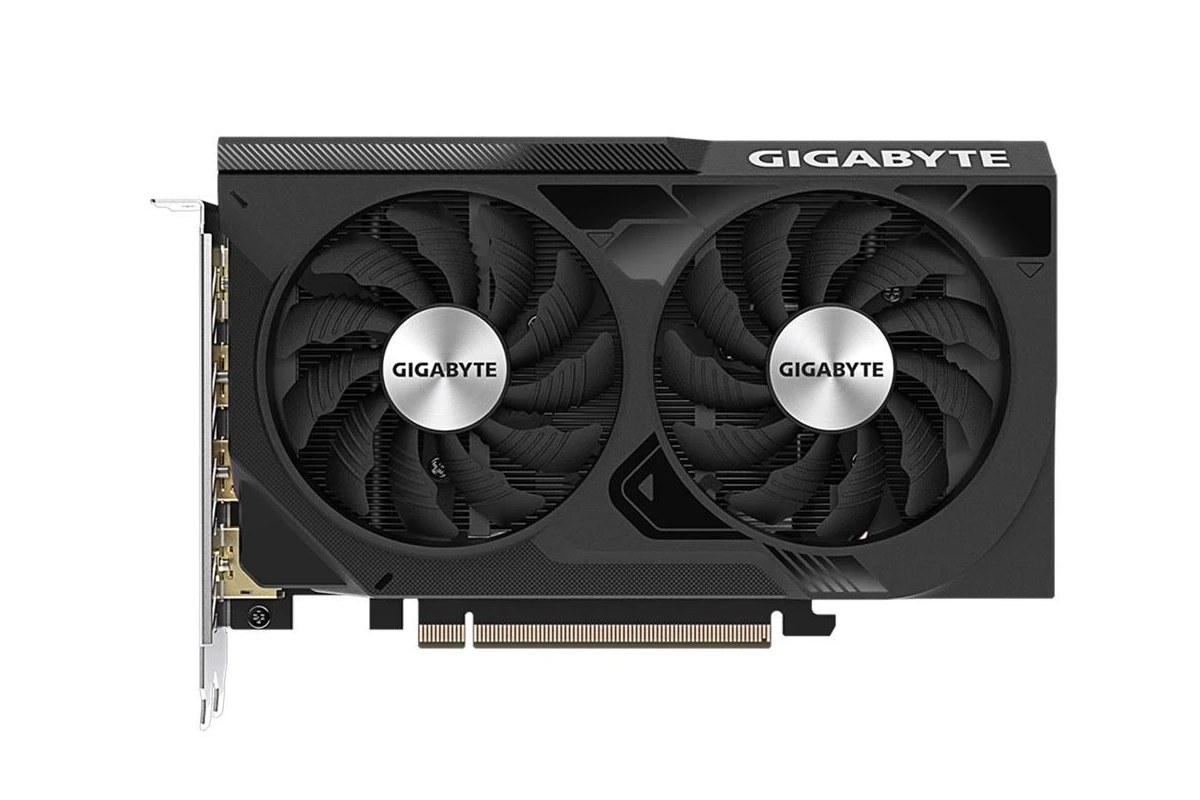
Transitioning Your Graphics Card
Preparing Your System
Before you swap out your graphics card, it’s important to know what you have. To identify your NVIDIA GPU, go to Device Manager (search for it in the Windows search bar) and expand “Display adapters.” You’ll see your current NVIDIA GPU listed there. Tools like GPU-Z can also provide detailed information about your graphics card.
Uninstalling your NVIDIA drivers is crucial. While DDU is a great option, you can also uninstall them through the Control Panel. Go to “Programs and Features” and find the NVIDIA graphics driver. Click “Uninstall” and follow the prompts. You can also uninstall the driver through Device Manager by right-clicking on your NVIDIA GPU and selecting “Uninstall device.”
Don’t forget to back up your game settings! Some games store settings and configuration files in the Documents folder or the AppData folder. Back up these files to avoid losing your custom settings when you uninstall the drivers.
Installing the New Hardware
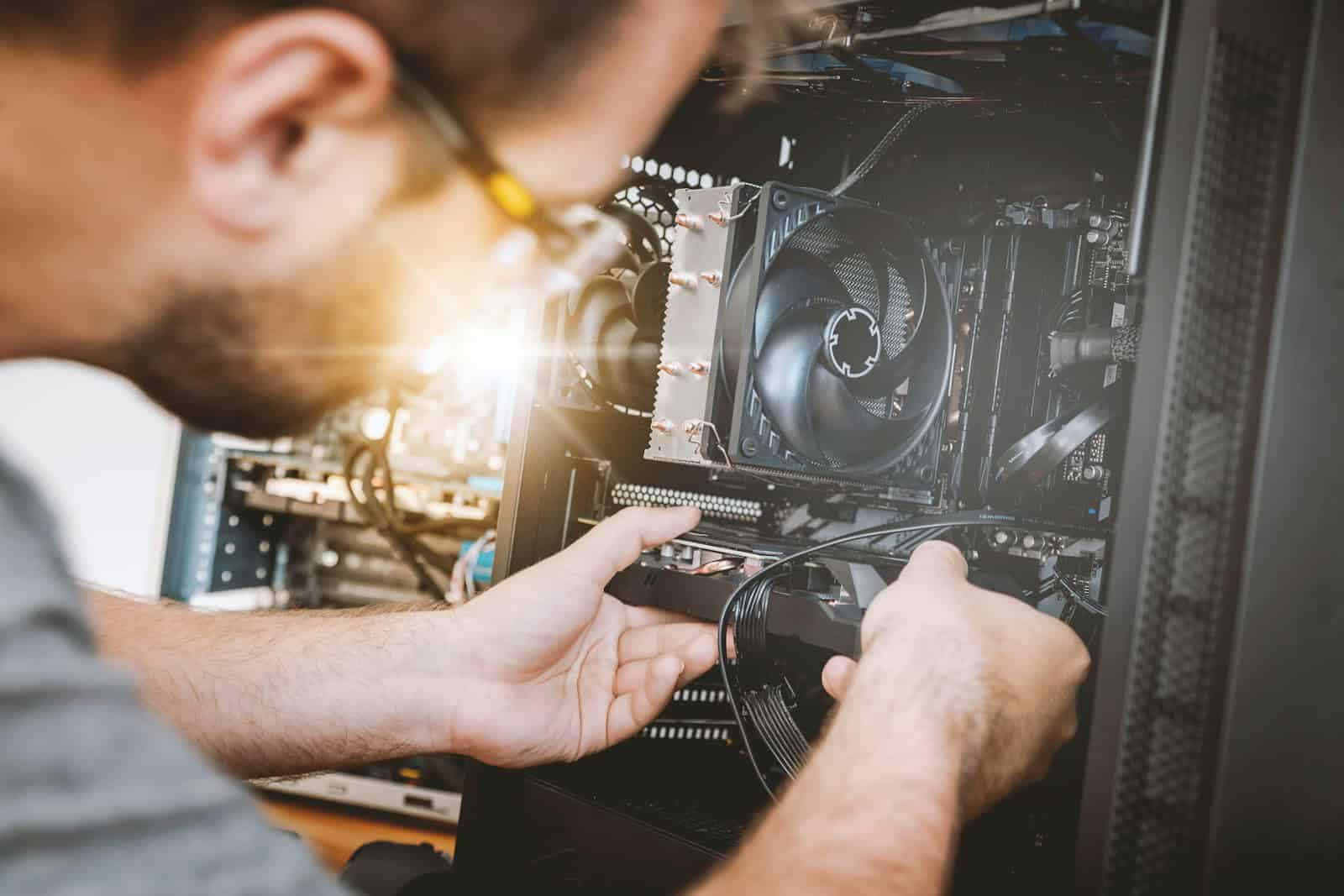
Make sure your PC is powered off and unplugged before opening the case. Locate the PCIe x16 slot on your motherboard – it’s usually the longest slot. Gently push down on the tab at the end of the slot to release your old NVIDIA GPU. Carefully lift the card straight out.
Now, align the gold contacts of your new AMD GPU with the PCIe slot and gently push it in until it clicks into place. Secure the card with the screws or retention mechanism. Connect the necessary power cables from your power supply to the GPU. Double-check all connections before closing your PC case.
If your AMD GPU has an aftermarket cooler or you’re re-applying thermal paste, make sure to clean off the old thermal paste from the GPU die first. Apply a small pea-sized amount of new thermal paste to the center of the die, then carefully install the cooler according to the manufacturer’s instructions.
Installing AMD Drivers
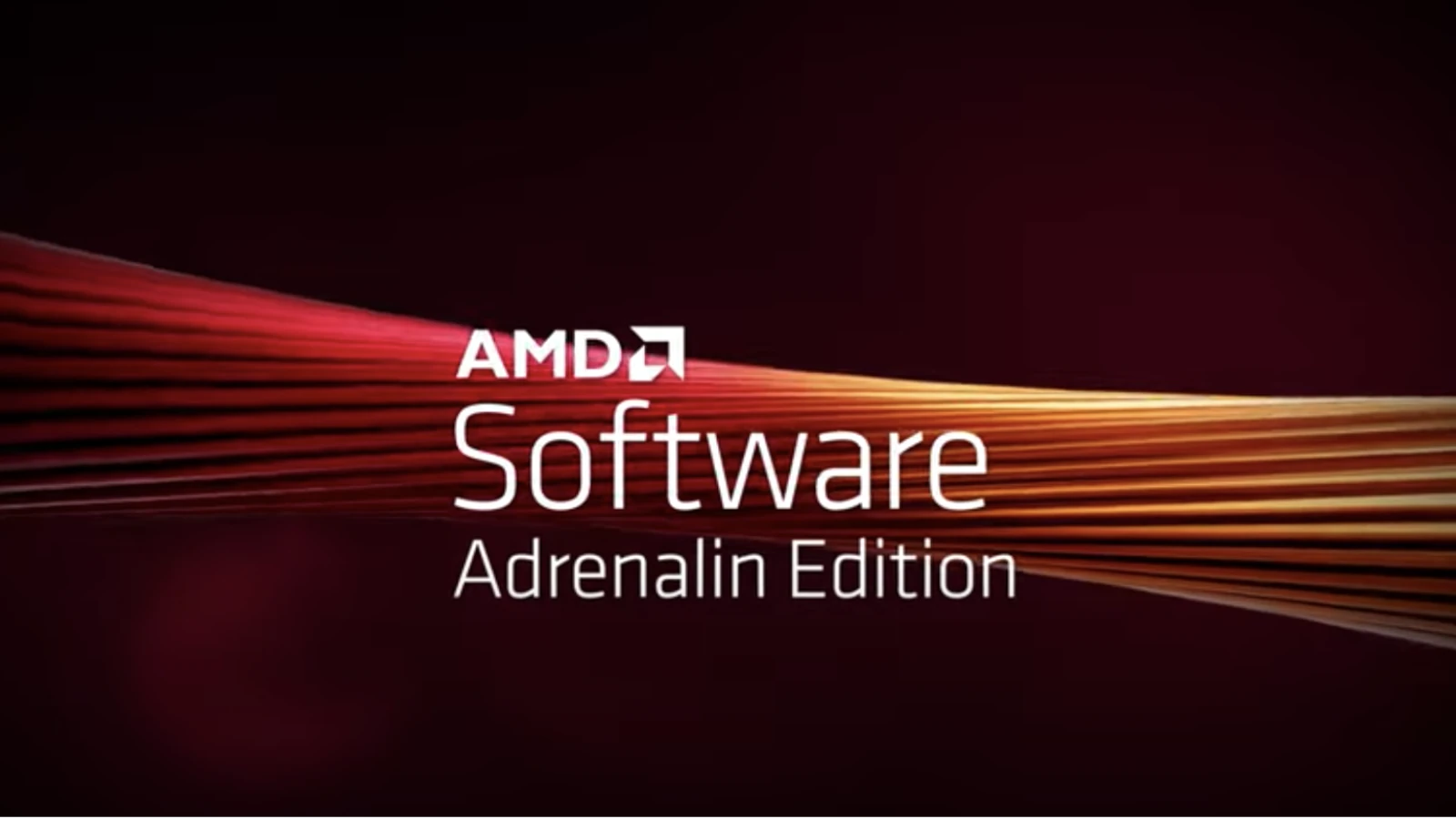
Head over to AMD’s website and download the latest Radeon Software Adrenalin Edition for your specific GPU model. During installation, you can choose between “Express Install” for a quick setup or “Custom Install” for more control over the components installed.
After installing the drivers, reboot your PC. Open AMD Radeon Software to optimize your graphics settings. You can adjust display resolution, refresh rate, FreeSync settings, and more. Explore the different tabs and options to fine-tune your gaming experience.
If you encounter any driver installation issues, check for error messages and consult AMD’s support website or forums for solutions. Make sure your system meets the minimum requirements for the drivers and that you’ve downloaded the correct version for your GPU and operating system.
Troubleshooting Tips
If you encounter any issues, double-check the connections to ensure everything is seated properly. You might also need to adjust settings in your BIOS or UEFI. If problems persist, seek help online or consult a professional.
Table: Key Differences between NVIDIA and AMD GPUs
| Feature | NVIDIA | AMD |
|---|---|---|
| Architecture | CUDA Cores | Stream Processors |
| Ray Tracing | Hardware Accelerated | Hardware Accelerated |
| DLSS | Proprietary | FSR (Open Source) |
| Drivers | GeForce Experience | Radeon Software |
Remember, switching from NVIDIA to AMD is a straightforward process that can be done with a little patience and attention to detail. Enjoy your new graphics card!
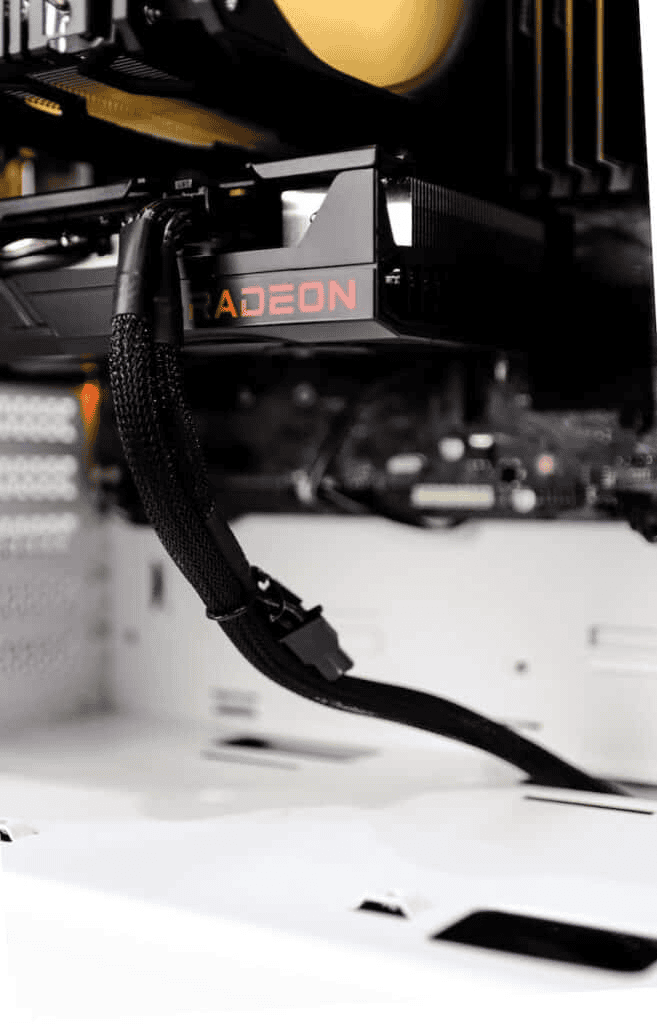
Understanding the Basics: NVIDIA and AMD GPUs
Graphics Processing Units (GPUs) are at the heart of modern computing, vital for rendering images, videos, and animations. NVIDIA, a leading GPU manufacturer, is renowned for its high-performance graphics cards, popular in gaming and professional graphics. They offer advanced features like NVIDIA G-SYNC and RTX ray tracing. NVIDIA’s Control Panel and software development kits (SDKs) are key tools for optimizing performance.
AMD (Advanced Micro Devices), another major GPU player, offers GPUs that are competitively priced and efficient. Known for strong performance in various applications, AMD GPUs are a favorite among gamers and content creators, offering technologies like FreeSync and Radeon Image Sharpening. AMD also provides valuable software tools like Radeon Software and GPUOpen for developers.
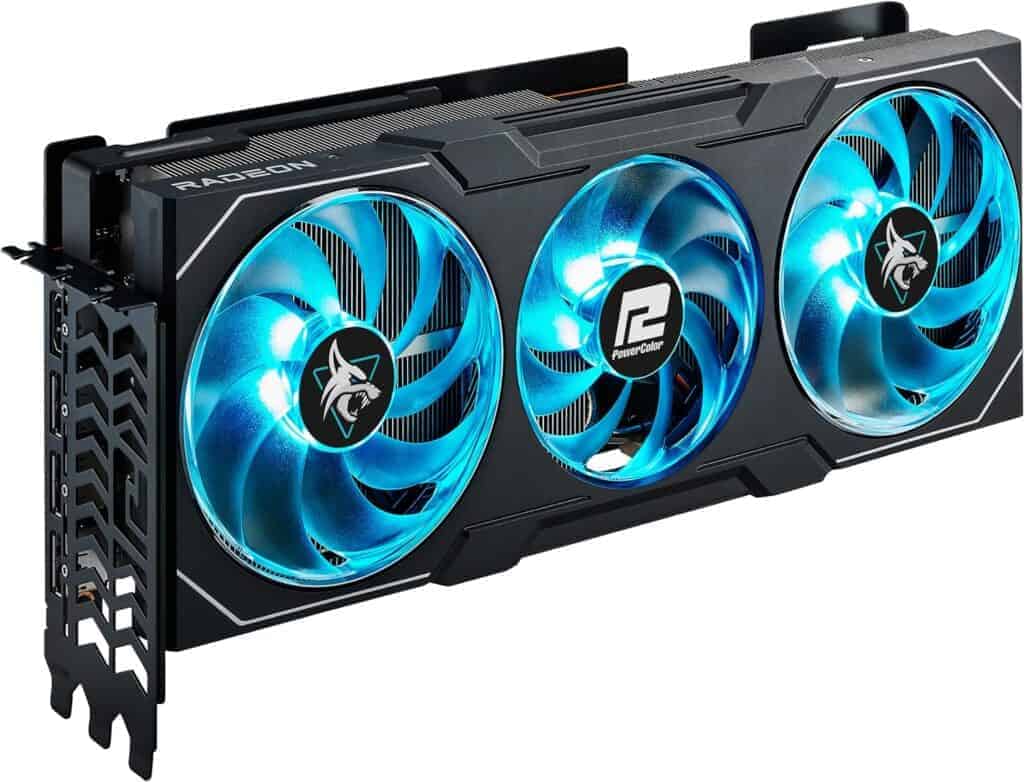
Preparation Before Switching the GPUs
The first step in transitioning from NVIDIA to AMD involves understanding your motives. Are you seeking better performance, specific technological features, or budget-friendly options? Researching the AMD GPU’s capabilities ensures it aligns with your requirements.
Next, check your system’s compatibility with the new AMD GPU. This involves verifying available PCIe slots and power requirements. It’s essential to back up important data to avoid loss during the transition. Gather necessary tools and resources like screwdrivers, thermal paste, and additional cables for the installation process.
Finally, ensure your NVIDIA drivers are updated to the latest version, then uninstall them to prevent conflicts with the new AMD GPU.
Removing Your NVIDIA GPU
Safety first: power off and unplug your computer, grounding yourself to prevent static damage. Open the computer case to access the NVIDIA GPU, located in a PCIe slot on your motherboard. Disconnect any power connectors and release the retention mechanism securing the GPU. Carefully remove the GPU, avoiding any bending or twisting. Store the GPU safely if you plan to reuse or sell it.
Installing Your New AMD GPU
Preparation before installation is crucial. Read AMD’s installation instructions for your specific GPU model. Ensure your system meets the power requirements and remove any old GPU drivers. Note any additional power connectors needed for the AMD GPU.
For installation, locate the PCIe slot, remove any protective covers, and align the gold contacts of the AMD GPU with the slot. Gently insert the GPU, securing it with screws or brackets. Connect the necessary power cables and double-check all connections.
Perform post-installation checks, like ensuring all cables are connected and powering on your computer. If the GPU isn’t recognized, refer to troubleshooting guides or AMD support.
Driver Installation and Optimization for AMD GPU
Once your AMD GPU is installed, remove any old NVIDIA drivers. Download and run the NVIDIA driver uninstaller, then restart your computer. Install the latest AMD drivers from their website, selecting the appropriate driver for your GPU model and operating system. Follow on-screen instructions for a clean installation.
Optimize your AMD GPU settings for the best performance using AMD Radeon Software. Adjust display resolution, refresh rate, and other settings to enhance your experience. Regularly update your AMD drivers and monitor GPU temperatures, adjusting fan speeds if necessary. Experiment with overclocking to boost performance, but proceed with caution.
Other Considerations
Benchmarking and Performance Testing
Want to see how your new AMD GPU performs? Use benchmarking tools like 3DMark or Unigine Heaven. These tools run your GPU through a series of tests and provide a performance score. You can compare your score to online databases to see how your GPU stacks up against others.
AMD-Specific Features
AMD offers some unique technologies to enhance your gaming experience. FreeSync synchronizes your monitor’s refresh rate with your GPU’s frame rate, eliminating screen tearing and stuttering. FidelityFX is a collection of image quality enhancement tools that can sharpen details and improve visuals.
Community Resources
| Resource | Description |
|---|---|
| AMD Support Forums | Get help with driver issues, troubleshooting, and technical questions. |
| r/AMD | A Reddit community for AMD enthusiasts, with discussions, news, and support. |
| Gamers Nexus (YouTube) | A popular YouTube channel with in-depth reviews and benchmarks of AMD GPUs. |
FAQs
Do I need to uninstall NVIDIA drivers before installing an AMD GPU?
Yes, it’s highly recommended to uninstall your NVIDIA drivers before installing an AMD GPU. This prevents potential conflicts and ensures a clean installation of the AMD drivers. You can uninstall NVIDIA drivers through the “Apps & Features” section in Windows settings or by using the Display Driver Uninstaller (DDU) utility for a more thorough removal.
How do I know if my AMD GPU is compatible with my system?
To ensure compatibility, check these factors:
- Motherboard: Make sure your motherboard has a compatible PCIe slot (usually PCIe x16).
- Power Supply: Ensure your power supply has enough wattage and the necessary connectors (6-pin or 8-pin) to power the AMD GPU.
- Case Size: Confirm that your PC case has enough space to accommodate the physical dimensions of the new GPU.
- CPU: While not a strict requirement, a balanced CPU and GPU pairing ensures optimal performance. You can also use AMD’s website or tools to check compatibility with your specific system components.
Can I use my existing power supply with a new AMD GPU?
Whether you can reuse your power supply depends on its wattage and connectors. Check the AMD GPU’s power requirements and compare them to your power supply’s specifications. If your power supply has sufficient wattage and the necessary 6-pin or 8-pin PCIe power connectors, you should be good to go. If not, you’ll need to upgrade your power supply.
Is it necessary to back up my data before switching GPUs?
While switching GPUs doesn’t usually directly affect your data, it’s always a good practice to back up important files before any major hardware change. This safeguards your data in case of unexpected issues during the process.
What tools do I need for GPU installation?
You’ll need a few basic tools for GPU installation:
- Screwdriver: A Phillips-head screwdriver is usually needed to open your PC case and secure the GPU.
- Anti-static wrist strap: This helps prevent static electricity damage to your components.
- Anti-static mat (Optional): Provides an additional layer of protection against static electricity.
How do I optimize my AMD GPU for the best performance?
To optimize your AMD GPU:
- Install the latest drivers: Download and install the latest drivers from AMD’s website.
- Adjust graphics settings: Optimize in-game graphics settings for a balance of visuals and performance.
- Overclocking (optional): Consider overclocking your GPU for a performance boost, but proceed with caution and research safe overclocking practices.
- Monitor temperature: Keep an eye on your GPU temperature using monitoring software to prevent overheating.
What should I do with my old NVIDIA GPU after removal?
You have a few options for your old GPU:
Sell it: If it’s still in good working condition, you can sell it online or to a local computer shop.
Give it away: Donate it to a friend, family member, or a charity.
Recycle it: Dispose of it responsibly through an e-waste recycling program.
How do I handle static electricity when installing a GPU?
Static electricity can damage sensitive computer components. To prevent this:
Use an anti-static wrist strap: Connect the strap to a grounded metal object, like your PC case.
Avoid working on carpet: Carpet can generate static electricity. Work on a hard surface instead.
Touch a grounded metal object: Before handling any components, touch a grounded metal object to discharge any static buildup.

